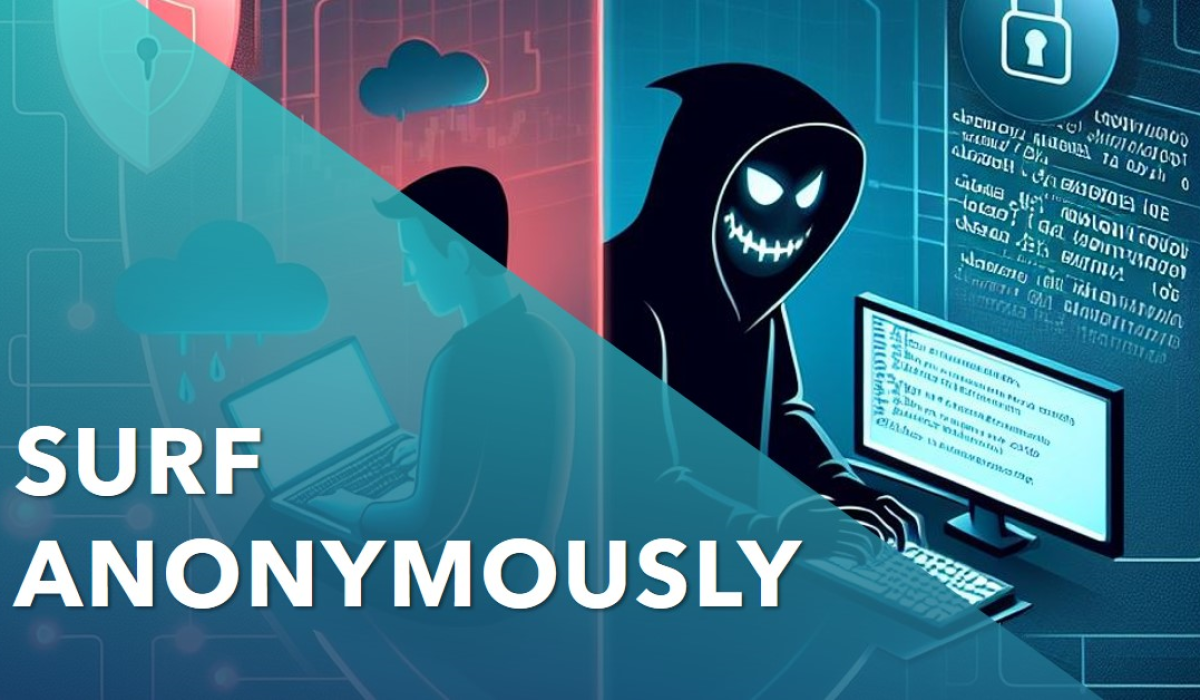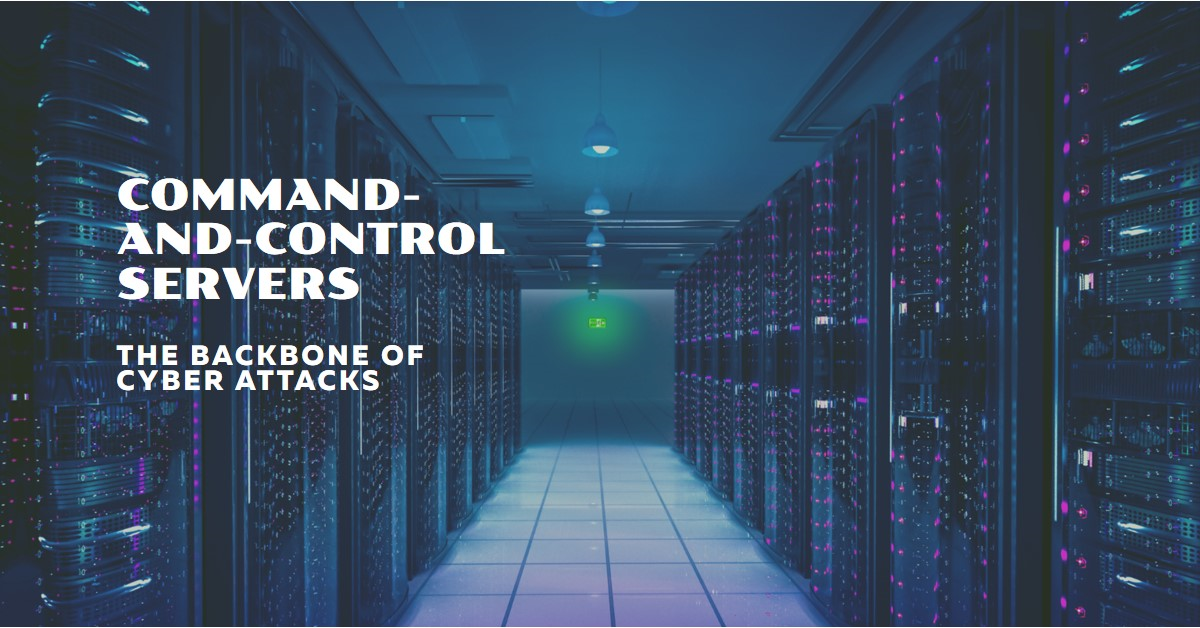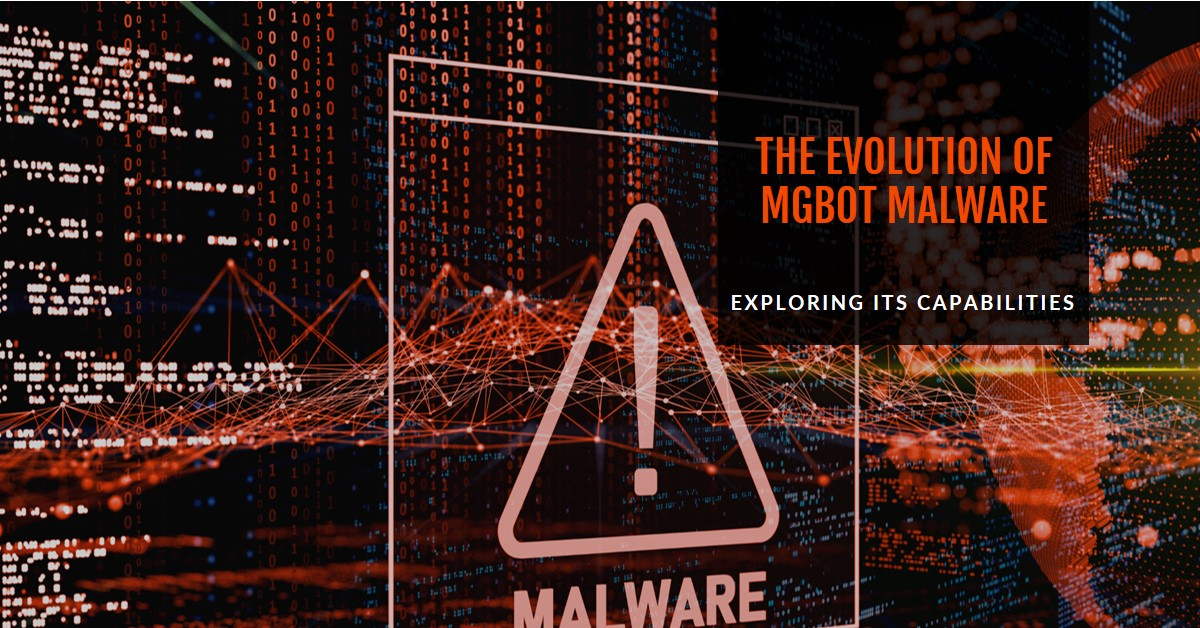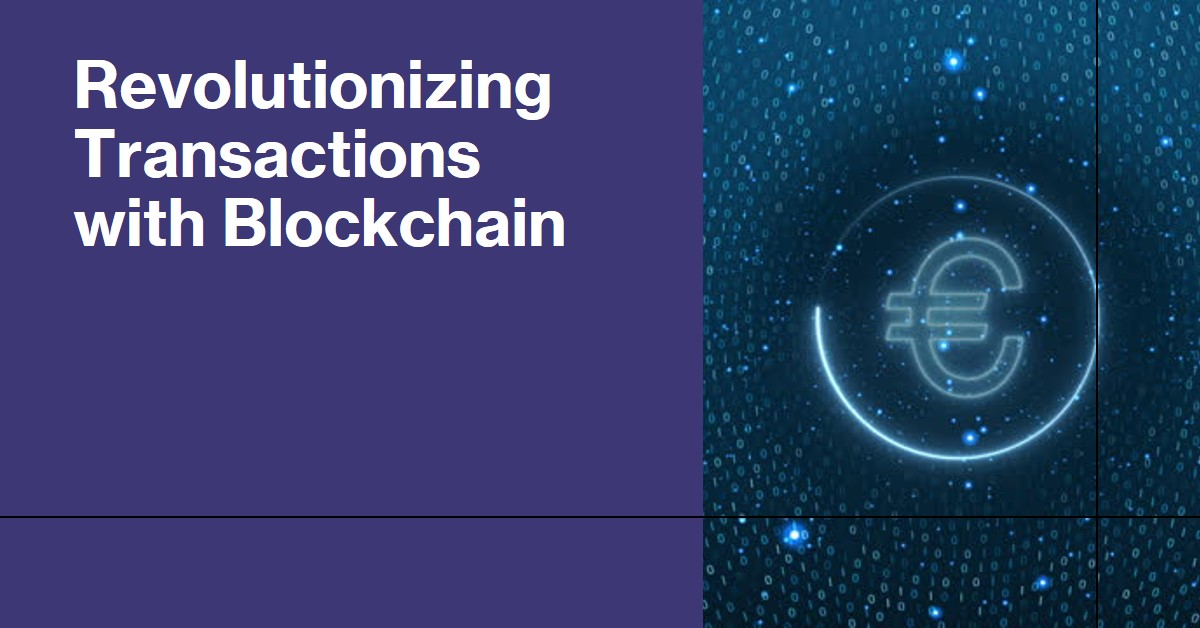
Ever wished your web browsing was a private affair? In our digital age, where information flows freely, the concept of network traffic anonymization is becoming increasingly important. But what exactly is it?
Network traffic anonymization essentially hides your online identity by scrambling the data packets that travel between your device and the internet. Imagine it like building a secret tunnel for your online travels, making it difficult for anyone to track your activity or pinpoint your location.
This technology is particularly relevant today because:
- Privacy concerns are on the rise: With growing worries about online surveillance and data collection, people are seeking ways to control their digital footprint.
- Cybersecurity threats are evolving: As cybercrime becomes more sophisticated, anonymization tools offer an extra layer of protection for sensitive information.
- Open internet access is under scrutiny: In some regions, internet censorship is a concern. Anonymization tools can help users access information freely.
Network Anonymization and the Rise of Cybercrime
The digital landscape is not all sunshine and rainbows. Along with the undeniable benefits of the internet comes a growing threat: cybercrime. From data breaches to malware attacks, cybercriminals are constantly innovating ways to exploit vulnerabilities.
Here’s where network anonymization enters the scene, playing a complex role with both advantages and disadvantages:
- A Tool for Malicious Actors: The very features that make anonymization tools attractive for privacy-conscious users – like hiding IP addresses and obfuscating traffic – are also a boon for cybercriminals. They can leverage anonymized networks to:
- Launch cyberattacks anonymously: Hackers can mask their location and identity, making it difficult to track them down.
- Operate on the darknet: This hidden part of the internet, accessible only through anonymization tools, serves as a marketplace for illegal activities like selling stolen data and malware.
- Evade detection: Anonymity makes it harder for law enforcement and cybersecurity professionals to gather evidence and disrupt criminal operations.
- A Challenge for Cybersecurity: The ability to mask online activity throws a wrench into cybersecurity efforts. Here’s how:
- Limited Visibility: Traditional methods of tracking cyberattacks often rely on identifying the origin of the attack. Anonymization tools make this nearly impossible.
- Digital Forensics Roadblock: Gathering digital evidence for investigations becomes significantly more difficult when dealing with anonymized traffic.
- Cat and Mouse Game: As cybercriminals exploit anonymization, cybersecurity professionals are forced to develop new techniques to counter these tactics.
Techniques for Network Traffic Anonymization
In today’s digital world, where every click can be tracked, protecting your online privacy is more important than ever. Network traffic anonymization tools offer a way to shield your online activity, but how exactly do they work? Let’s delve into some popular methods:
- Virtual Private Networks (VPNs): Imagine a secure tunnel for your internet traffic. A VPN encrypts your data and reroutes it through a remote server, making it appear like you’re browsing from a different location. This masks your IP address, a unique identifier that can be used to track your online activity.
- Proxy Servers: Think of a proxy server as an intermediary. Instead of connecting directly to websites, your traffic is routed through the proxy server first. This hides your IP address from the websites you visit, adding a layer of anonymity.
- Tor Network: This anonymization powerhouse utilizes a distributed network of relays. Your traffic gets bounced around through these relays, making it extremely difficult to trace its origin. Think of it like a multi-layered maze for your data, offering superior anonymity compared to other methods.
These tools play a vital role in protecting user privacy by:
- Shielding browsing activity: ISPs and even governments can potentially track your browsing history. Anonymization tools prevent them from seeing the websites you visit.
- Bypassing geo-restrictions: Some content online may be restricted based on your location. Anonymization tools can help you access this content by making it appear like you’re browsing from a different region.
- Enabling secure communication: Journalists, whistleblowers, and activists can use anonymization tools to communicate sensitive information securely, protecting their identities from potential threats.
How Cybercriminals Abuse Anonymity
While network anonymization offers valuable privacy benefits, it also presents a double-edged sword. Cybercriminals have discovered its potential and now leverage anonymization tools to operate in the shadows of the digital world. Here’s how:
A Haven for Illicit Activity:
The darknet, a hidden part of the internet accessible only through specific anonymization tools, serves as a prime example. Here, criminals can exploit the anonymity to:
- Sell stolen data: Breaches of personal information, financial data, and even medical records find a ready market on the darknet. Anonymity allows sellers to operate with impunity.
- Distribute malware: Malicious software like viruses and ransomware are readily available for purchase on the darknet. Anonymity makes it difficult to track down the distributors.
- Coordinate cyberattacks: Cybercriminals can use anonymized communication channels to plan and launch coordinated attacks against businesses and organizations.
Beyond the Darknet:
Beyond the darknet, anonymization tools are used for various malicious activities:
- Launching anonymous attacks: Hackers can leverage anonymized networks to mask their location and identity while launching cyberattacks like denial-of-service assaults or phishing scams.
- Evading detection: By hiding their online footprint, cybercriminals can make it harder for law enforcement and cybersecurity professionals to track their activities and gather evidence.
- Facilitating illegal content: Anonymity can be used to access and distribute illegal content like copyrighted material or even child pornography.
The Challenge for Law Enforcement:
The ability to mask online activity significantly hinders law enforcement efforts. It becomes difficult to:
- Identify the source of cyberattacks: Tracing an attack back to its origin is crucial for apprehending cybercriminals. Anonymization tools make this process extremely challenging.
- Gather digital evidence: Building a case against cybercriminals often relies on digital evidence. Anonymized traffic makes collecting such evidence a significant hurdle.
- Disrupt criminal networks: The anonymity offered by these tools allows criminal networks to operate with a sense of security, making it difficult to disrupt their operations.
The Challenges of Tracking Anonymized Traffic
The fight against cybercrime is a constant struggle, and anonymized network traffic throws a major wrench into the efforts of cybersecurity professionals. Here’s why tracking anonymized traffic is such a challenge:
- Limited Visibility: Traditional methods of tracking cyberattacks often rely on identifying the origin of the attack, typically through IP addresses. Anonymization tools like VPNs and Tor networks effectively mask IP addresses, making it nearly impossible to pinpoint the source of an attack.
- A Maze of Layers: Techniques like Tor routing traffic through multiple relays create a complex maze. Imagine tracing a single footstep through a crowded, winding path – nearly impossible to follow. This makes it extremely difficult to track the true origin of the traffic.
- Encryption Everywhere: Modern anonymization tools often employ robust encryption techniques. This scrambles the data packets, making the content unreadable. Think of it like a locked box – even if you can track the box, you can’t see what’s inside without the key. This encryption hinders forensic analysis of the traffic data.
- The Cat-and-Mouse Game: As cybercriminals develop new techniques to exploit anonymization, cybersecurity professionals are forced to play catch-up. New methods for de-anonymization are constantly being developed, but cybercriminals quickly adapt their tactics, making it an ongoing battle.
- Privacy vs. Security: The very essence of anonymization tools – protecting user privacy – creates a conflict with cybersecurity efforts. Striking a balance between allowing legitimate use of anonymization tools and identifying malicious actors is a constant challenge.
These challenges significantly hinder the ability of cybersecurity professionals to:
- Investigate cyberattacks: Without being able to identify the source of an attack, it becomes difficult to investigate who is responsible and hold them accountable.
- Gather evidence: Encrypted and anonymized traffic makes it extremely difficult to collect digital evidence needed to build a case against cybercriminals.
- Disrupt criminal operations: The anonymity offered by these tools allows criminal networks to operate with a sense of security, making it harder to disrupt their activities.
Strategies to Combat Anonymization-Based Cybercrime
The rise of cybercrime facilitated by anonymized network traffic poses a significant threat. However, cybersecurity professionals are not without weapons in this fight. Here are some key strategies employed to combat anonymization-based cybercrime:
- Enhanced Traffic Analysis: Advanced traffic monitoring tools are being developed to analyze anonymized traffic patterns. These tools can identify unusual activity or anomalies that might indicate malicious intent, even if the source is hidden. Think of it like using traffic patterns to identify suspicious behavior on a highway, even if you can’t see the individual drivers.
- Collaboration is Key: Cybercrime is a global problem, and international cooperation is crucial. Law enforcement agencies around the world are working together to share information and develop coordinated strategies to track down cybercriminals who exploit anonymization tools. Imagine a global task force working together to apprehend criminals, regardless of borders.
- De-anonymization Techniques: Researchers are constantly developing new methods to de-anonymize malicious actors operating through anonymized networks. These techniques might involve analyzing traffic patterns, identifying vulnerabilities in anonymization tools, or even employing legal means to obtain information from service providers. Think of it like developing new forensic techniques to identify fingerprints or DNA evidence, even when obscured.
- Digital Forensics Advancements: The field of digital forensics is constantly evolving to tackle the challenges posed by anonymized traffic. New tools and techniques are being developed to extract meaningful information from encrypted and anonymized data. Imagine having a more advanced toolbox to analyze even the most cryptic evidence.
- Public Awareness: Educating the public about the risks associated with anonymization tools and how cybercriminals exploit them can help in mitigating the problem. By raising awareness, users can be more cautious about their online activities and avoid unwittingly contributing to cybercrime. Think of it like teaching people how to identify suspicious characters and report them to the authorities.
These strategies, combined with ongoing research and development, offer a multi-pronged approach to combating anonymization-based cybercrime.
The Future of Anonymity: A Balancing Act in the Digital Age
The world of network anonymization and cybercrime is a constant dance between the forces of privacy and security. As we look towards the future, both sides are likely to see significant advancements:
- Evolving Anonymization Tools: Expect to see the development of even more sophisticated anonymization tools that offer even greater levels of protection. Think of it like a constant arms race, with anonymization tools becoming more advanced and secure.
- AI-Powered Tracking: Cybersecurity professionals are likely to leverage artificial intelligence (AI) to analyze vast amounts of anonymized traffic data. AI can potentially identify patterns and anomalies that might indicate malicious activity, even if the source is hidden. Imagine having a super-powered detective using AI to analyze every detail of a crime scene.
- Regulation vs Innovation: The ongoing debate about regulating anonymization tools is likely to continue. Governments might seek ways to strike a balance between allowing legitimate use of these tools and mitigating the risks associated with cybercrime. Think of it like building a secure bridge – allowing passage while ensuring it doesn’t collapse under the weight of malicious traffic.
In conclusion, the future of network anonymization and cybercrime is likely to be a story of continuous innovation and adaptation. As technology advances, the battle between those who seek privacy and those who seek to exploit it will continue. The key lies in finding a way to ensure a safe and secure digital environment while respecting the right to online privacy. This will require ongoing collaboration between governments, technology companies, cybersecurity professionals, and the public to create a future where both privacy and security can coexist.
At Maagsoft Inc, we are your trusted partner in the ever-evolving realms of cybersecurity, AI innovation, and cloud engineering. Our mission is to empower individuals and organizations with cutting-edge services, training, and AI-driven solutions. Contact us at contact@maagsoft.com to embark on a journey towards fortified digital resilience and technological excellence.





